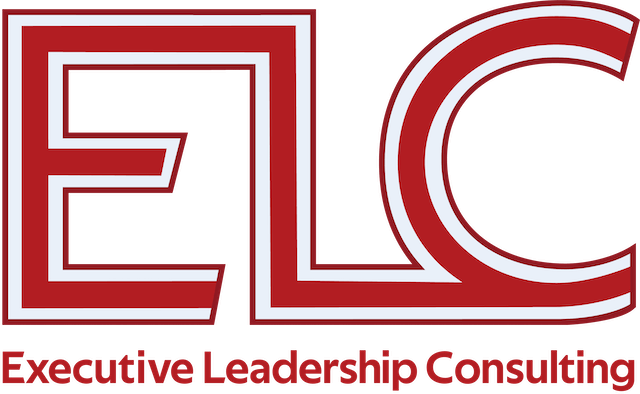Shifting to a virtual work environment brings on new obstacles and challenges, but it also brings new possibilities and solutions. A productive team in the office may look different from a productive team working virtually. With the addition of other variables like children at home and concerns about getting sick, leading a productive virtual team can be especially daunting. To help, we’ve identified 6 key factors to maximizing productivity in virtual teams.
Ways of Working
The first stage of maximizing productivity in your virtual team is to discuss and agree on how you work together in this in this environment. Processes and routines may be very different from how they worked in the office, but the challenge for you and your team is to figure out what works best right now. What’s the daily rhythm? What are the new “norms” in your meetings, calls and communications? It can be easy to lose track of the day, so establish guidelines that encourage work-life balance. Try ending meetings a little bit early to allow time for bio breaks/stretching and discourage having working lunches – unless planned ahead of time.
Pro Tip: Establish guidelines for availability. High achievers will leverage the freedom to work when and where they’re most productive, and it’s important that you let them do that, but don’t expect them to always be on-call. Parents may also need some flexibility. Agree as a team on set office hours when team members should be available to take meetings or respond to messages. Beyond that, you might allow some flexibility in their working hours, so they can work when they are most productive. This is especially important, so your team doesn’t get overwhelmed and overworked.
Accountability
You want to foster an outcome-driven culture that empowers and holds your team accountable for getting things done. Do this by setting expectations and creating accountability. At ELC, one of our clients is doing this by having team members submit a weekly one-page status sheet including plans for the following week. They share this report with the whole team. This way, they are accountable for getting those things done and everyone else knows what is expected of them as well.
Effective Meetings
Meetings are a bit different when you’re working virtually. Distance may lessen a sense of accountability for some, much like being in a large group. This makes a virtual meeting fertile ground for distractions, such as multitasking. Avoid this and other forms of non-participation by agreeing on standards of etiquette. When you establish standards of etiquette ahead of time, you can head off distractions before they happen.
PRO TIP: In video conferences, you can encourage or require the use of cameras to keep attendees engaged and pick up on any nonverbal cues. Also, try discouraging answering texts, instant messages or email messages during meetings. Meetings are more effective when everyone is fully present.
This also means that you need to make your meetings effective to keep people engaged. One way to do that is to have a clear agenda and meeting objectives. Identify the purpose of the meeting:
- Is this meeting about informing or discussing something?
- Is it an alignment meeting?
- Do you need to make a decision in this meeting?
Be sure to have clear outcomes and actions for each of your meetings.
A great way to provide clarity is to put the overarching meeting objective as part of the subject of the invitation. This can be helpful to let people know, before going into the meeting, what it’s about and how they should be participating.
Finally, remember to ask for feedback on the effectiveness of the meeting structure and how you can improve it through this process, because it’s new for a lot of people. Keep iterating and learning and adapting to find what works best for you and your team.
Technology
In the midst of the pandemic, we have seen a huge rush of new software, products and tools hit the market. They are mostly aimed at increasing productivity in the virtual workplace. And while these tools can be great solutions, it’s important to only use tools you actually need.
Utilizing technology is great where it’s appropriate, but you don’t want to look for productivity tools just for the sake of it or because you hear other companies are doing it – there’s enough change happening already. So, if you find that a workflow is breaking down or issues are being created, look for technology tools to help. Just be clear on how it’s going to be used and maybe even do a training for it.
For example, one global bank asks their relationship managers to connect with small business customers via WeChat and video calls to understand their situation and help them weather the crisis. To do so effectively and at scale, the managers are supported through dedicated product programs, online articles and scripts for communicating with clients, as well as earn internal trainings for the process.
If you need a recommendation for a tool to solve a particular challenge feel free to reach out to us here at ELC. We’d be happy to share what we’ve seen that works for us as well as what some of our other clients are using.
Take a Learning approach
Great leaders never stop learning. Take a learning approach to productivity and empower your team to solve problems constructively.
So, when a problem arises, the question isn’t “who caused it?” or “what did they do wrong?”. The question should be: “What could be done differently so it doesn’t happen again?” and “What have we’ve learned from this?” Think of it as a choice to look thing look at things in a positive and constructive light. During this time of crisis and also while learning to work virtually, it’s important to take that learning approach.
Creativity
Now more than ever, this is a time to be creative about productivity. It’s difficult to make plans with the uncertainty of when stay-at-home orders will be lifted, so look at creative options for events as opposed to postponing or cancelling. Ask yourself, “How can I be creative to make it work virtually?”
At ELC, one of our clients had a leadership retreat planned that could no longer take place. Instead of cancelling, they decided to try to create a virtual retreat instead. Through the process, people on the team came forward to help plan it and think of creative ideas for things to do. In this way, it also became a rallying point for the team, and it demonstrated how their culture is helpful and supportive. This is a great example of how you can look at things: be creative and work as a team to discover ways to be more productive.
This article comes from our online training “5 Keys to Leading Virtual Teams in the COVID-19 Crisis” Click on the link to view the entire training for FREE as well as access other helpful leadership resources.






